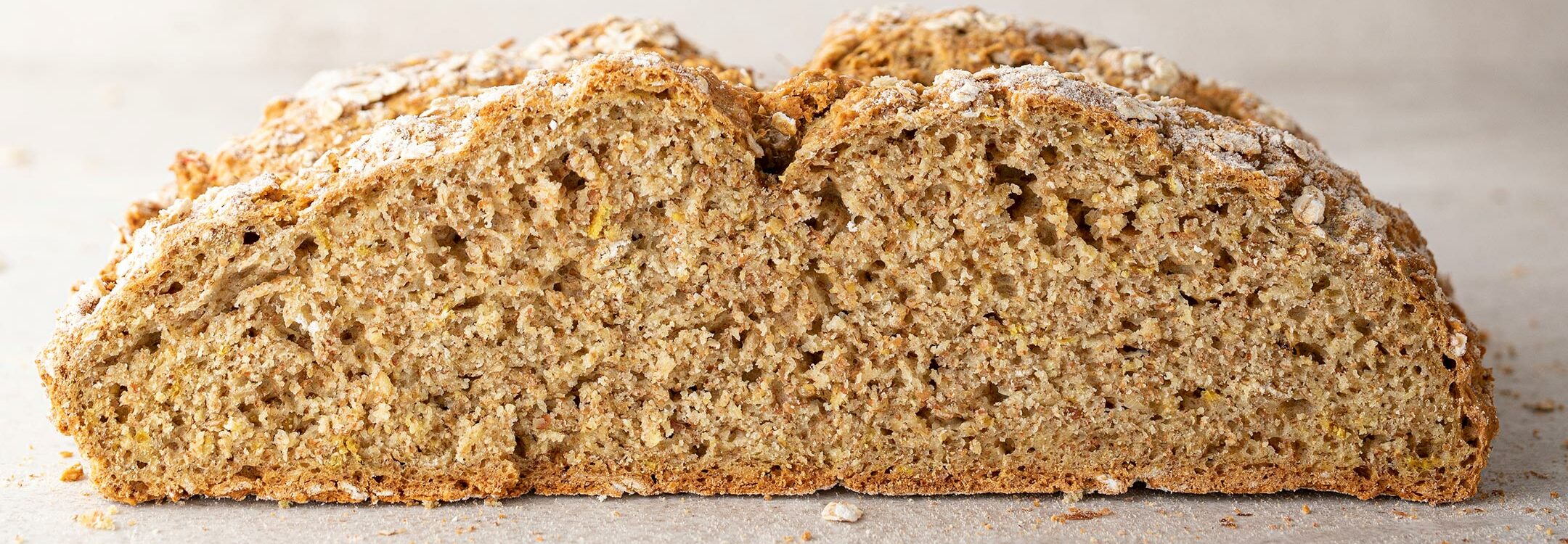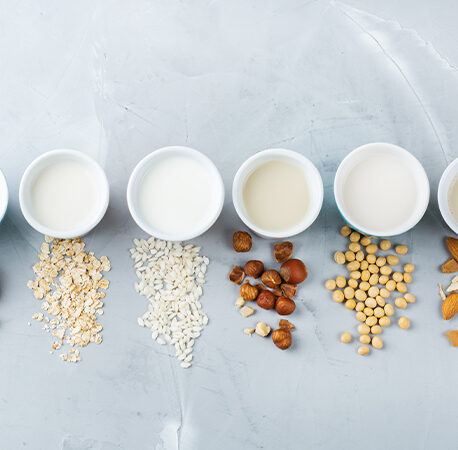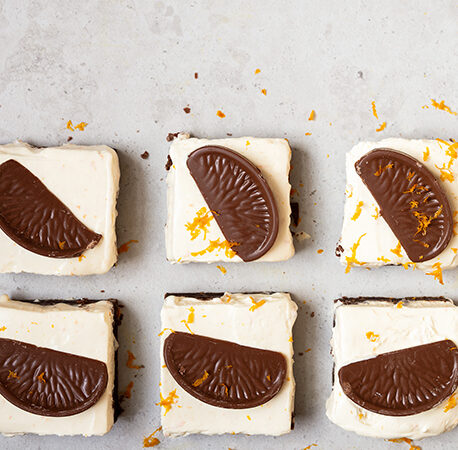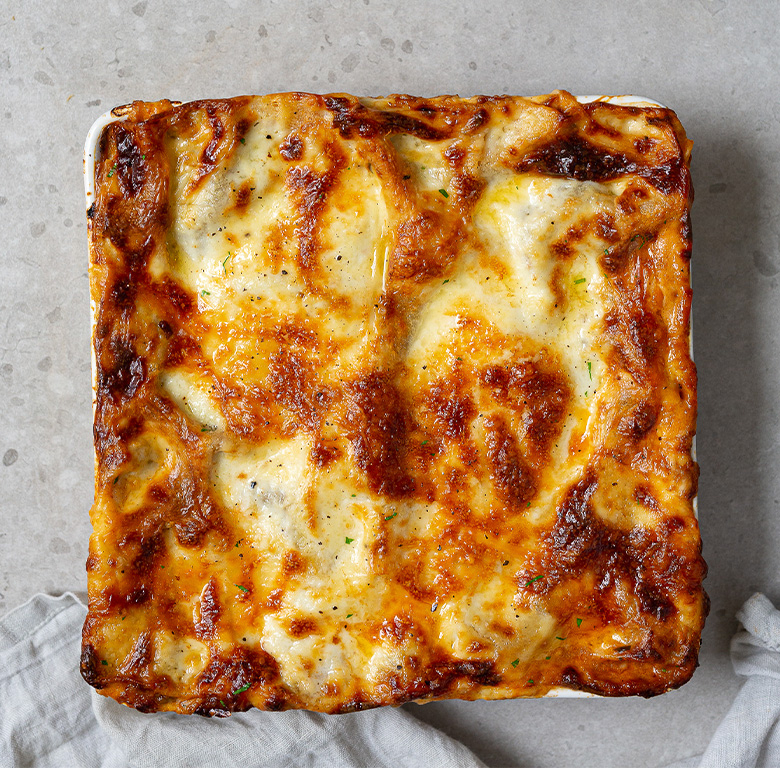Read on for the insider knowledge you need to nail that soda bread.
Do…
- Make sure your bicarbonate of soda is fresh and in date
- Use a good quality wholemeal flour
- Use a good quality buttermilk
- Have a nice soft dough, but not too wet
- Mix it all together well but no kneading needed
- Cut the cross in the top of the dough – it lets the fairies out
Don’t…
- Use old bicarbonate of soda
- Overwork your dough
- Bother kneading; just bringing the ingredients together is enough
Is your loaf looking sad? Reasons might include:
- You used too little bicarbonate of soda. It is essential to use the right amount of stated minutes in the recipe.
- Your bicarbonate of soda was too old. To test your baking soda’s effectiveness, mix ¼ teaspoon of bicarb with two teaspoons of vinegar or lemon juice. The mixture should fizz immediately. Store bicarbonate of soda in a cool dry place and replace it every 6-12 months.
- You spent too much time kneading the dough. Bicarbonate of soda starts to react and release its gas as soon as it comes into contact with the milk. Take too long and the gas will escape before the bread is baked. Kneading will also cause chewy gluten to form. Always mix your ingredients just long enough to form a dough and immediately put the loaf into the oven.
- You used too little acid. Acid is needed to release the CO2 gas from the bicarbonate of soda. This acid can come from any kind of sour milk, including sour cream, yoghurt, and buttermilk (fresh or powdered). Or you can sour your own milk by adding one tablespoon of lemon juice to 500ml low fat milk. You could also add 1¼ teaspoons of cream of tartar to the milk instead of lemon juice to get similar results.
- You used baking powder instead of bicarbonate of soda. Bicarbonate of soda is pure sodium bicarbonate. Used alone, it needs an ingredient like sour milk to make the dough rise. Baking powder contains both sodium bicarbonate and an acid (usually cream of tartar). When you use both sour milk and baking powder, your dough now contains too much acid which reduces the amount of CO2 produced. Once you have some soda bread experience, you can substitute part of the bicarbonate of soda with baking powder. Beginners, however, should stick with plain bicarbonate.
Some troubleshooting:
- If your bread tastes soapy, salty, or bitter or if the crust is too dark: You might have added too much bicarbonate of soda or baking powder, or used self-raising flour by mistake
- If your bread’s texture is dry: You might have added too much bicarbonate of soda, too little liquid or not baked it at a high enough temperature.
- If your loaf has big holes or lumps: You did not combine your leavening agent (bicarbonate of soda) with your other dry ingredients properly. When using baking powder or bicarbonate of soda in a recipe, make sure to sift or whisk with them into the other dry ingredients before adding the liquid. This ensures they are distributed uniformly and that no lumps remain.






You have to be signed in to comment this post.